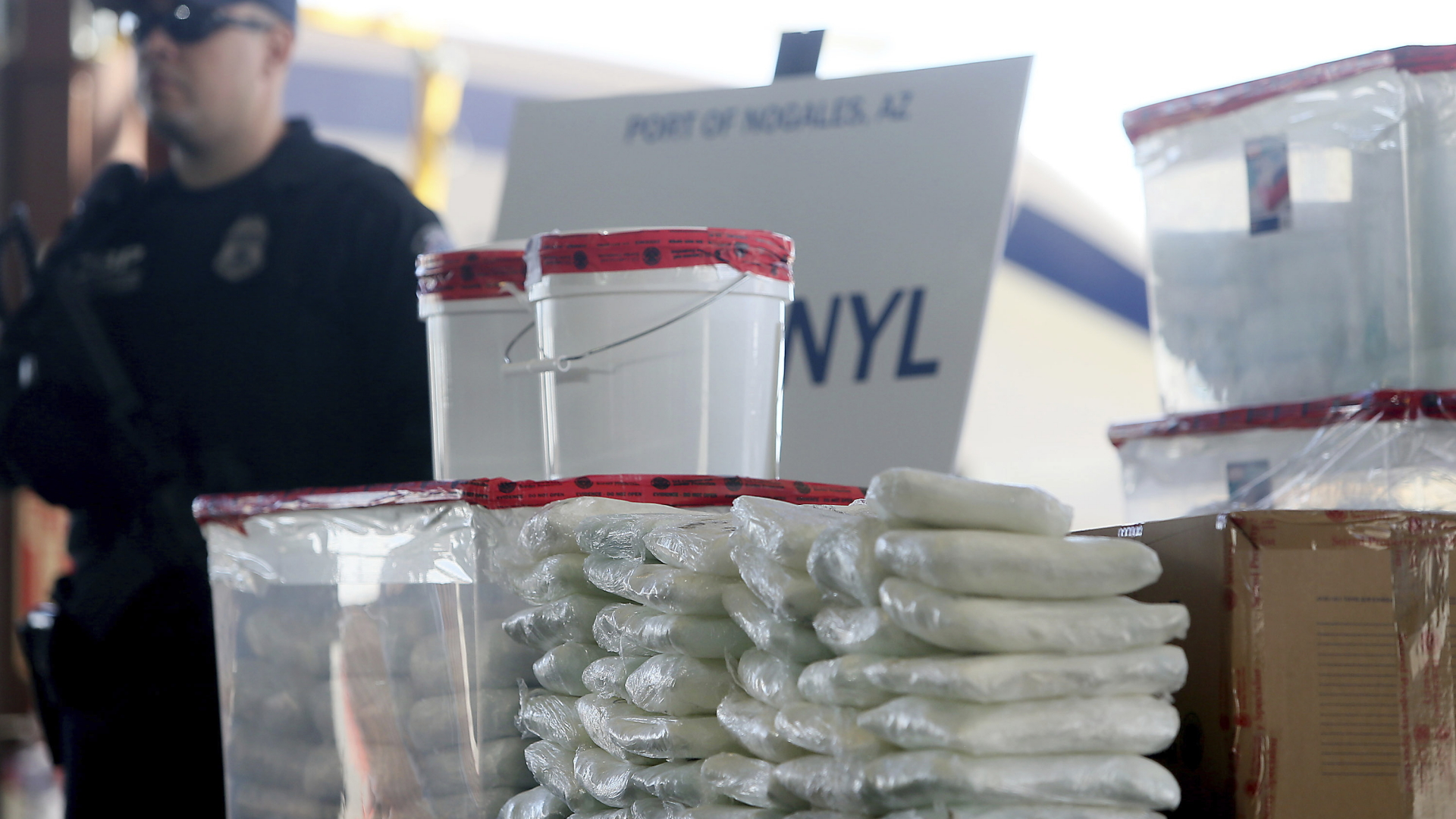Reportage
Status: 23.06.2021 10:58 a.m.
–
–
–
Huntington, in West Virginia, has held the sad record of most drug deaths for years. In the pandemic, the number of overdose victims doubled again.
By Julia Kastein, ARD Studio Washington, currently Huntington
–
–
–
–
A late afternoon at “Rebuild”. The neighborhood meeting place in a cozy, worn-out brick villa is located between many vacant houses in Huntington. Luke also stopped by for a chat. The 41-year-old with a bald head and a crucifix around his neck has been fighting his drug addiction for over 20 years. To prevent him from injecting heroin, Luke has been receiving the substitute drug buprenorphine for five years. Almost three months ago he relapsed anyway – and smoked crack.
I think it was just bored, “he says.” Now I have a job and haven’t taken anything in two months. I was hooked for 15 years. If you stop doing that, you have to find something to fill the time. Because that was my life.
Julia Kastein
ARD-Studio Washington
–
–
–
–
–
Luke is one of thousands of addicts in the port city on the Ohio River. A good 45,000 people live here. According to official estimates, around ten percent of them are dependent. Huntington’s disease has held the sad record of most drug deaths for years. In the pandemic year of 2020, the number of overdose victims doubled again. Luke has lost over 20 friends in the past few years – just like Laura Cooper.
“I think it was the isolation”
The 39-year-old with long gray-blonde hair works as a social worker for the Huntington’s homeless initiative. Until three years ago she was on drugs herself: “I go to Narcotics Anonymous. But we couldn’t have meetings for a long time. Many of my friends died in those months. I think it was the isolation.”
In addition, thanks to government pandemic aid, many drug addicts suddenly had more money than expected. That too only made the drug problem worse, says Laura.
Help in the event of an overdose
1000 people without a place of residence, most of them with addiction problems, are looked after by the homeless initiative in their day care center every year. There is something to eat and a TV here, guests can store their valuables in lockers – and there is help in the event of an overdose.
Marissa Clark is the facility’s vice president – and demonstrates how the opioid antidote naloxone is used: a simple injection into the thigh. The drug works in case of poisoning with all opioids.
Most of the addicts were alone in the pandemic
Even with fentanyl. The synthetic drug, originally a pain reliever for cancer patients in the terminal stage, leads to respiratory arrest even with the smallest overdose – and it is blended by dealers with all kinds of drugs so that the addicts do not even know what they are getting high from.
Marissa Clark hopes that with the end of the pandemic, more lives can be saved again.
–
–
In recent years, the HD antidote has been distributed to addicts, their loved ones, and friends. But during the pandemic, the addicts – like most people – were alone, says Marissa: “One factor is: Nobody with the antidote around. But another factor is: I haven’t seen my friends for weeks, that attracts me really down. “
No hope without jobs
Much more deaths from an overdose than from Covid, that’s the record in Huntington’s disease. But Marissa hopes that with the end of the pandemic, more lives can be saved again. The opioid crisis in and of itself will not solve that. A flourishing industry of aid organizations, withdrawal and rehabilitation clinics has developed around the many addicts. But there are no well-paid jobs with prospects for men like him, complains the addict Luke. There is no hope without jobs. But many people in Huntington would have lost that long ago anyway.
Huntington’s disease pandemic record: more deaths from drugs than Covid
Julia Kastein, ARD Washington, June 23rd, 2021 9:31 am
–
–
–

